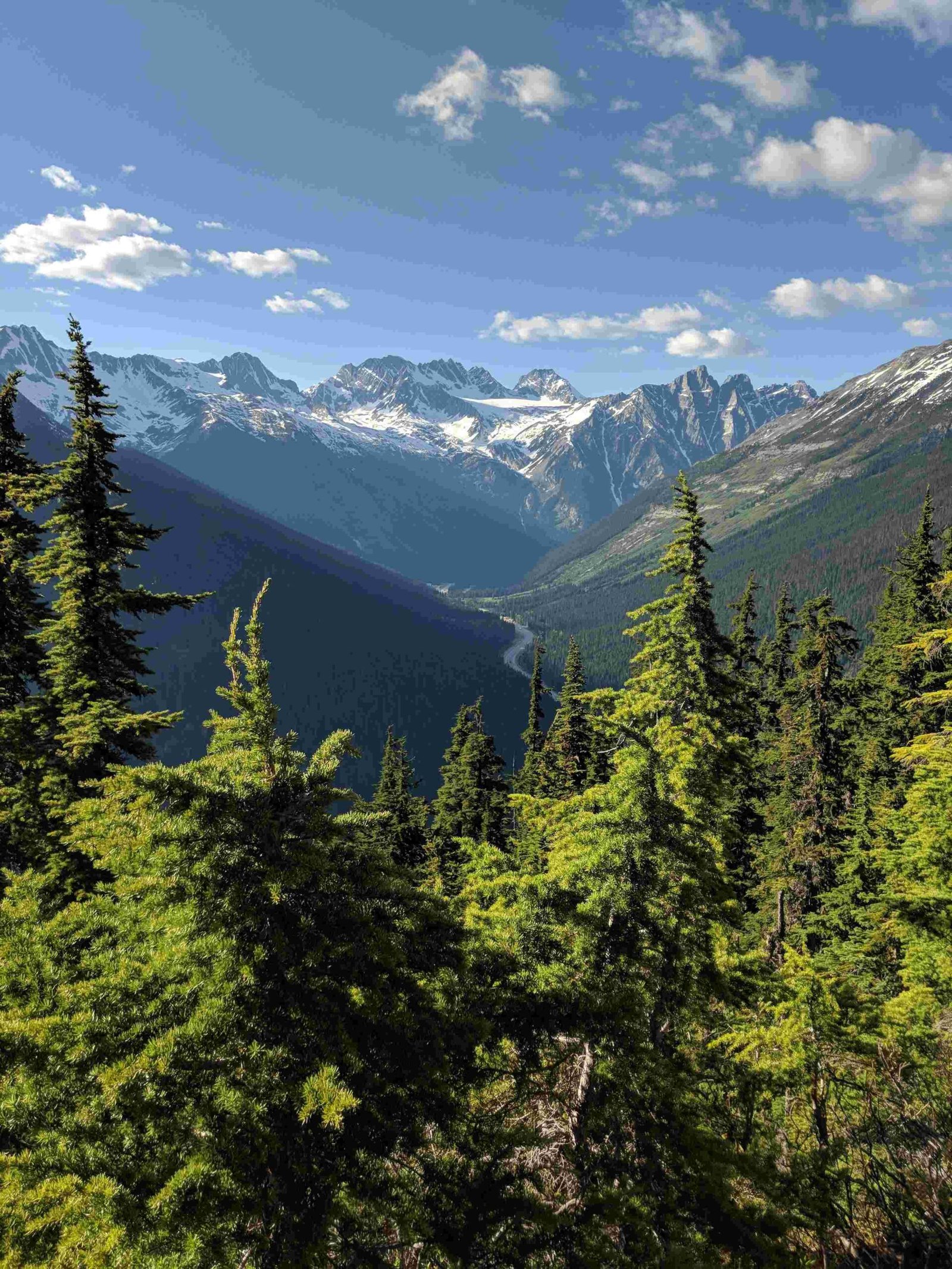Glacier National Park ecosystem services encompass a wide range of benefits provided by the park’s diverse ecosystems. These services include biodiversity conservation, water purification, carbon storage, and recreational opportunities. The park’s unique location at the intersection of multiple biological communities contributes to its rich biodiversity, supporting over 1,100 plant species and hundreds of animal species. Its pristine waters, ancient forests, and glaciers play crucial roles in maintaining ecological balance and providing essential services to both wildlife and humans.
What Are the Key Biodiversity Benefits of Glacier National Park?

Glacier National Park stands as a beacon of biodiversity, offering a sanctuary for a vast array of plant and animal species. The park’s unique geographical position at the crossroads of several biological communities contributes to its exceptional diversity.
Species Richness
- 1,132 plant species
- 277 bird species
- 66 mammal species
This remarkable biodiversity is a result of the park’s varied habitats and its location where northern Canadian, Pacific Coast, and Great Plains prairie species converge with alpine and Rocky Mountain flora and fauna.
Habitat Diversity
Glacier National Park encompasses a wide range of habitats, each supporting its own unique ecosystem:
- Dense ancient forests
- Pristine turquoise lakes and streams
- Glaciers
- Alpine tundra
- Wetlands
These diverse habitats provide essential resources for the park’s wildlife. For instance, the valley forests offer food and shelter for bears and mountain lions, while the rocky cliffs serve as ideal habitats for mountain goats, marmots, and ptarmigan.
How Does Glacier National Park Contribute to Water Purification?

While specific quantitative data on water filtration volumes are not available, Glacier National Park plays a crucial role in maintaining water quality and supporting hydrological processes.
Hydrological Significance
- 1,557 miles of streams
- Over 700 bodies of water
The park’s glaciers and snowpack feed these water bodies throughout the summer, ensuring a consistent water supply and maintaining ecological balance.
Water Quality Protection
Glacier National Park’s waters are renowned for their pristine quality. The park’s management, in conjunction with environmental regulations such as the Clean Air Act, works diligently to protect these valuable water resources.
Key points:
– Headwaters for three continental drainages
– Protected under the Clean Air Act
– Focus on maintaining high water quality standards
What Role Does Glacier National Park Play in Carbon Storage?
While specific metrics on carbon sequestration rates or total carbon storage capacity are not provided in the available sources, Glacier National Park contributes significantly to carbon storage through its diverse ecosystems.
Climate Change Research
The park serves as a crucial site for climate science research, particularly due to its alpine glaciers. As part of the Climate Friendly Parks initiative, the park focuses on:
- Sustainability efforts
- Responding to climate change
- Managing and reducing carbon footprint
Carbon Sequestration Ecosystems
Several ecosystems within the park contribute to carbon sequestration:
- Ancient forests
- Alpine tundra
- Wetlands
These ecosystems, particularly the dense vegetation of ancient forests, act as effective carbon sinks, although specific sequestration rates are not available in the provided sources.
What Recreational Ecosystem Services Does Glacier National Park Offer?
Glacier National Park provides a wealth of recreational opportunities, allowing visitors to immerse themselves in its natural beauty while supporting local economies.
Available Activities
- Hiking (734 miles of park trails)
- Wildlife observation
- Fishing
- Boating
- Exploring natural features (glaciers, lakes, streams)
Balancing Recreation and Conservation
While the park attracts visitors from around the world, management efforts focus on balancing recreational use with conservation goals:
- Monitoring environmental changes
- Restoring habitats affected by invasive species
- Mitigating impacts of climate change
| Conservation Effort | Purpose |
|---|---|
| Environmental monitoring | Track ecosystem health |
| Habitat restoration | Combat invasive species |
| Climate change mitigation | Protect vulnerable species and habitats |
How Does Glacier National Park’s Ecosystem Benefit the Surrounding Region?
Glacier National Park’s ecosystem services extend beyond its boundaries, providing numerous benefits to the surrounding region.
Water Resource Management
The park’s glaciers and snowpack serve as natural water towers, regulating water flow to downstream communities. This consistent water supply is crucial for:
- Agriculture
- Hydroelectric power generation
- Municipal water use
Climate Regulation
The park’s diverse ecosystems, particularly its forests and wetlands, play a role in regional climate regulation by:
- Absorbing and storing carbon dioxide
- Moderating local temperatures
- Influencing precipitation patterns
Economic Impact
Glacier National Park’s ecosystem services contribute significantly to the local and regional economy:
- Tourism revenue
- Job creation in hospitality and service industries
- Support for local businesses
While specific economic figures are not provided in the sources, the park’s popularity as a tourist destination suggests a substantial economic impact on the surrounding communities.
What Challenges Face Glacier National Park’s Ecosystem Services?
Despite its ecological significance, Glacier National Park faces several challenges that threaten its ecosystem services.
Climate Change
The most pressing threat to the park’s ecosystem services is climate change:
- Rapid glacial retreat
- Shifting plant and animal habitats
- Increased risk of wildfires
These changes could potentially alter the park’s ability to provide crucial ecosystem services such as water regulation and carbon storage.
Invasive Species
Non-native plants and animals pose a threat to the park’s biodiversity:
- Displacement of native species
- Alteration of natural habitats
- Disruption of food webs
Visitor Impact
While tourism provides economic benefits, it also presents challenges:
- Habitat disturbance
- Wildlife stress
- Potential pollution
Park management must continually balance visitor access with ecosystem protection to maintain the integrity of the park’s ecosystem services.
In conclusion, Glacier National Park’s ecosystem services are diverse and far-reaching, providing essential benefits to both wildlife and human communities. From biodiversity conservation to water purification and climate regulation, the park plays a crucial role in maintaining ecological balance in the region. However, ongoing challenges such as climate change and invasive species threaten these services, highlighting the need for continued conservation efforts and sustainable management practices.